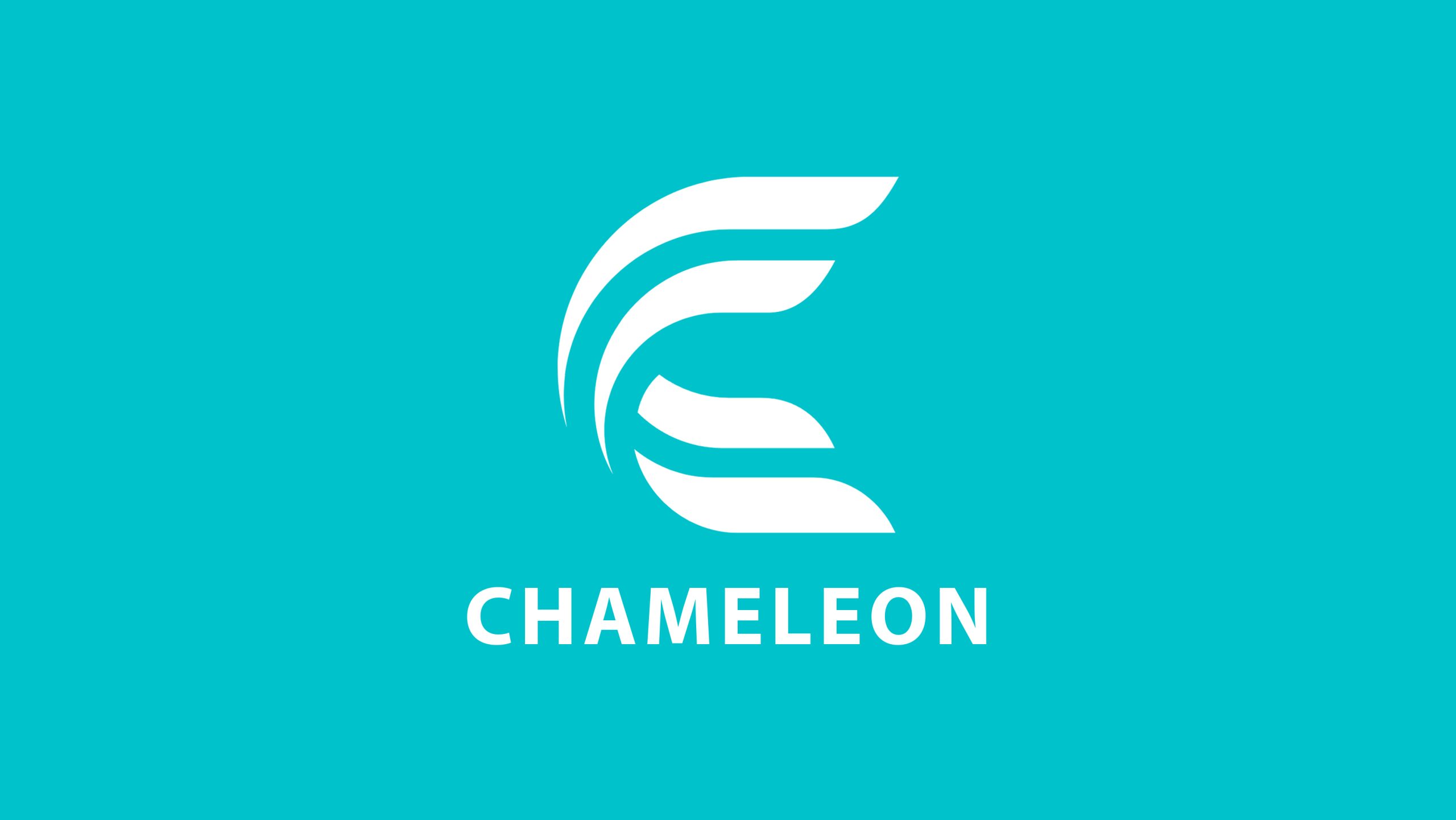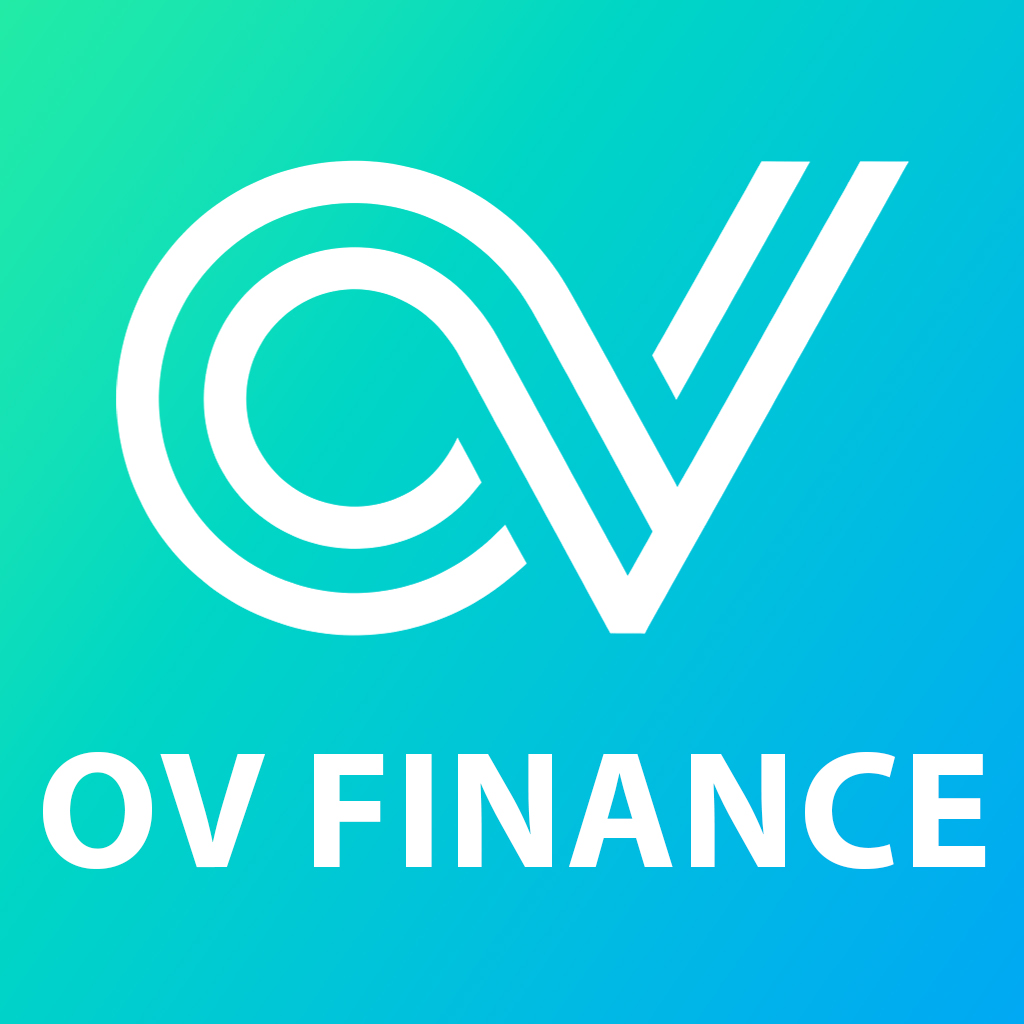Blockchain
Blockchain in Automotive and Aerospace & Aviation Market to Reach $20.62 Billion by 2029

 Reading Time: 3 minutes
Reading Time: 3 minutes
According to the new market intelligence report by BIS Research, titled “Blockchain in Automotive and Aerospace & Aviation Market – Analysis and Forecast, 2019-2029“, the blockchain in automotive and aerospace & aviation market was $138.0 million in 2018 and is projected to reach $20.62 billion by 2029, growing at a CAGR of 60.35% during the forecast period. Factors such transparency and removal of risk of fraud, reduced transaction cost, and fast transaction of settlements, and the establishment of consortiums and associations are expected to drive the market for blockchain in automotive and aerospace & aviation market during the forecast period, 2019-2029.
Browse 31 Market Data Tables and 121 Figures spread through 208 Pages and in-depth TOC on “Blockchain in Automotive and Aerospace & Aviation Market“
Blockchain technology is a decentralized distributed ledger that allows information to be recorded, secured, maintained, and shared among the participating members without a governing authority. It presents an innovative approach for managing data and executing transactions with accuracy, safety, and reliability. The automotive industry is going through a digitalization era, which has not only transformed the operational mode of original equipment manufacturers (OEMs) and suppliers but also changed their business models and competitive landscape.
It has become imperative for automotive stakeholders to be proactive toward the implementation of disruptive technologies within their business processes. Blockchain technology is undoubtedly going to be a highly integral part of the connected mobility and smart infrastructure ecosystem. Blockchain thus presents the promise to transform a host of industries by making processes more autonomous, secure, transparent, and efficient. Innovators, entrepreneurs, established companies, and investors, are all acknowledging the vast potential of this futuristic technology.
The ongoing changes in the industry have led the study to incorporate a detailed chapter on the market dynamics including the key driving and restraining forces, along with the opportunities for the blockchain in automotive and aerospace & aviation market during the forecast period. The market numbers play an important role in the industry, following which proper market sizing and estimation by application, type, and geographical location have been undertaken for the study.
BIS Research Report: https://bisresearch.com/industry-report/blockchain-in-automotive-aerospace-aviation-market.html
The report has skillfully identified the potential for further development in the form of product launches and development and business expansions, among others. The report includes a separate section for detailed competitive landscape. The recent activities by the key players in this market have also been tracked in the form of company profiles.
According to BIS Research analyst Eshan Hira, “The finance, payments, and insurance services for automotive industry and manufacturing and supply chain for aerospace & aviation industry is dominating the blockchain in automotive and aerospace & aviation market and is anticipated to maintain its dominance throughout the forecast period. This is mainly due to a complexity in supply chain of the automotive industry, as automotive ecosystem is highly connected, and therefore the issues of cyber threat increases. Additionally, to overcome the issues of lack of transparency and high cost of operation, players operating in the automotive and aerospace & aviation ecosystem are currently integrating blockchain solution.”
The market report provides a market size for blockchain in automotive and aerospace & aviation under three scenarios i.e. pessimistic, realistic, and optimistic. Moreover, the report covers a detailed analysis of the recent trends influencing the market, along with a comprehensive study of the future trends and developments. It also includes a competitive analysis of the leading players in the industry, including corporate overview, product overview, financial for public companies, and SWOT analysis.
Request for a Sample: https://bisresearch.com/requestsample?id=704&type=download
The overall market has been segmented by application in automotive and aerospace & aviation industry and by blockchain type. The report also includes a comprehensive section on the geographical analysis which has been sub-segmented into four major regions, namely, North America, Europe, Asia-Pacific and Rest-of-the-World (RoW).
This report is a meticulous compilation of research on approximately 150 players operating in the ecosystem. Moreover, it draws upon insights from in-depth interviews of key opinion leaders of more than 25 leading companies, market participants, and vendors. The report also profiles around 18 companies, namely, IBM, Amazon.com, Inc., Accenture PLC, Microsoft Corporation, Bitfury Group Ltd., BTL Group Ltd., R3, Factom, Ethereum Foundation, Mesosphere Inc., Provenance Inc., XAIN AG, BigchainDB GmbH, Consensys Systems, Context Labs, Oaken Innovations, Productive Edge LLC, and Ripple Labs, which are the key contributors in the market.
Key Questions Answered in the Report
- What was the valuation of the global blockchain in automotive and aerospace & aviation market in 2018 and how the market is expected to perform during the forecast period from 2019-2029?
- Which factors are expected to boost and restrain the growth and adoption of the technology during the forecast period, 2019-2029?
- How are the consortiums such as R3 and PTDL, participating in endorsing the blockchain technology in the market?
- What are the currently identified use cases of blockchain technology?
- How the rate of adoption of blockchain is expected to change in next 10 years?
- Which are the key players involved in the growth of the blockchain in automotive and aerospace & aviation market?
- How much revenue is expected to be generated by,
- Different applications such as automotive and aerospace & aviation industry, during the forecast period from 2019 to 2029?
- Different types including private, hybrid, and public blockchain of the market during the forecast period?
- Different regions in which the market has been segmented such as North America, Europe, Asia-Pacific, and Rest-of-the-World (ROW)?
SOURCE BIS Research
Blockchain
Blocks & Headlines: Today in Blockchain – April 25, 2025 | BitNile, Dutch Blockchain Week, Citigroup, Philippine Blockchain Week, D.O.G.E Foundation

Blockchain’s metamorphosis from niche ledger technology to the backbone of Web3 has never been more evident. Today, we cover five stories that illustrate the evolving ecosystem: a gaming platform issuing its own token on Solana; Europe’s marquee Web3 summit; a major bank forecasting a “ChatGPT moment” for blockchain; a Southeast Asian conference aimed at busting crypto myths; and a foundation rebuilding blockchain from the ground up to solve scalability. Each development—whether product launch, industry gathering, macro forecast, educational initiative, or infrastructure innovation—offers a window into the trends shaping decentralized finance, NFTs, DeFi, and beyond.
1. BitNile.com to Launch Nile Coin on Solana
News Summary
Hyperscale Data’s subsidiary BitNile.com will introduce the Nile Coin on Solana starting May 1, 2025. The U.S.–based social gaming site chose Solana for its high throughput and low fees, aiming to enhance in-game economies, reward engagement, and deliver seamless micro-transactions. Details on tokenomics and governance are forthcoming, but management touts Nile Coin as a cornerstone of future gaming experiences.
Source: CoinTrus
Analysis & Commentary
Launching a proprietary token underscores two converging trends: the gamification of finance and finance-ification of gaming. By minting Nile Coin, BitNile.com taps into DeFi mechanics—staking, liquidity pools, NFT rewards—while leveraging Solana’s scalability. Strategically, BitNile.com positions itself for partnerships with NFT marketplaces and DeFi protocols, potentially opening secondary markets for in-game assets and generating new revenue streams beyond ad sales or subscription fees.
2. Dutch Blockchain Week 2025 Gears Up in Amsterdam
News Summary
From May 19–25, Amsterdam will host the sixth annual Dutch Blockchain Week, culminating in the two-day summit (May 21–22) at De Meervaart. Tier 1 exchanges (Bitvavo, Kraken, Coinbase), Web3 pioneers (WOW.ai, Blockrise), regulators (European Commission, De Nederlandsche Bank), and industry partners (Mastercard, Deloitte) will convene. Side events range from AI-powered hackathons tackling compliance to padel networking meetups—underscoring the event’s blend of technology, policy, and community.
Source: Dutch Blockchain Week
Analysis & Commentary
Dutch Blockchain Week typifies the maturation of blockchain conferences into multidisciplinary forums. Beyond token talk and yield farming, panels on regulation, institutional adoption, and security reflect Web3’s integration into mainstream finance. Anticipate announcements on CBDC pilots, DeFi compliance frameworks, and cross-chain interoperability projects that may emerge from the Block & Order Hackathon.
3. Citigroup Predicts Blockchain’s “ChatGPT Moment”
News Summary
In an April 23 report, Citigroup analysts argue that 2025 could be blockchain’s “ChatGPT moment,” driven by regulatory clarity around stablecoins and integration with traditional financial systems. They forecast stablecoin market capitalization ballooning to $1.6 trillion (base case) or as much as $3.7 trillion (bull case) by 2030—anchored by dollar-denominated issuers and collateralized with U.S. Treasuries. Regulatory frameworks like the GENIUS Act could catalyze adoption among banks and fintechs.
Source: Cointelegraph
Analysis & Commentary
Drawing parallels to generative AI’s explosive growth, Citigroup envisions a tipping point where blockchain moves from experimental to essential infrastructure. Successful integration will hinge on robust compliance tools, auditability, and clear governance models. Enterprise blockchain vendors should prepare for surging demand in tokenized payments, on-chain settlements, and embedded DeFi rails within legacy systems.
4. Philippine Blockchain Week 2025 Debunks Crypto Myths
News Summary
Scheduled for June 10–11 at SMX Convention Center Manila, Philippine Blockchain Week (PBW) 2025 will tackle misinformation and spotlight real-world use cases. Highlights include “Crypto, Unpacked” sessions demystifying the technology; “Smart Regulation” panels uniting policymakers and innovators; and “Blockchain for Impact” showcases on remittances, disaster relief, and digital identity. Founding President Donald Lim emphasizes government support and public–private collaboration to spur inclusive growth.
Source: UseTheBitcoin
Analysis & Commentary
PBW exemplifies how emerging markets leverage education to accelerate Web3 adoption responsibly. By engaging regulators early, PBW can shape balanced frameworks that encourage innovation while protecting consumers—an instructive model for markets wrestling with both hype and skepticism.
5. D.O.G.E Foundation Launches New Blockchain, Opens Seed Round
News Summary
The D.O.G.E Foundation announced a ground-up blockchain rebuild designed to solve the scalability and reliability challenges plaguing existing networks. This modular architecture separates validation from execution to enable parallel transaction processing—targeting real-time gaming, DeFi under high load, and AI-driven applications. A seed funding round is now open to investors who share the vision of a performant, decentralized infrastructure.
Source: D.O.G.E Altcoin GlobeNewswire
Analysis & Commentary
As layer-1 congestion and high gas fees persist, new entrants must justify a “why now” with clear architectural advantages. If the D.O.G.E blockchain delivers real-world throughput and maintains decentralization, it could spur a renaissance of high-performance DeFi protocols and NFT platforms hungry for cost-effective base layers.
Conclusion & Key Takeaways
-
Tokenization of Entertainment: BitNile’s Nile Coin on Solana highlights blockchain’s expansion into gaming economies and NFT reward systems.
-
Convergence of Tech, Policy & Community: Dutch Blockchain Week showcases Web3’s evolution into an ecosystem engaging regulators, enterprises, and developers under one roof.
-
Mainstream Inflection Point: Citigroup’s “ChatGPT moment” thesis suggests blockchain is poised for exponential adoption given regulatory support.
-
Education as Catalyst: Philippine Blockchain Week’s myth-busting curriculum underscores the importance of public–private dialogue in emerging markets.
-
Infrastructure Innovation: The D.O.G.E Foundation’s modular, high-throughput chain exemplifies the next wave of layer-1 networks addressing real-time, real-world use cases.
Today’s stories convey that blockchain’s next chapter will be written through strategic token launches, global convenings, regulatory clarity, educational outreach, and radical infrastructure redesign. By tracking these threads, industry participants can anticipate opportunities in DeFi, NFTs, Web3 games, and enterprise integration. Stay tuned for tomorrow’s Blocks & Headlines, where we’ll continue to decode the innovations shaping decentralized finance.
The post Blocks & Headlines: Today in Blockchain – April 25, 2025 | BitNile, Dutch Blockchain Week, Citigroup, Philippine Blockchain Week, D.O.G.E Foundation appeared first on News, Events, Advertising Options.
Blockchain
Chameleon Finance Launches Green Finance Initiative to Advance Sustainable Digital Asset Infrastructure
Blockchain
Ov Finance Upgrades Blockchain Infrastructure to Deliver Faster, Safer Digital Asset Trading
-
Blockchain6 days ago
Islamic finance Market to Reach $3.4 Trillion by 2027 in the short run and $7.7 Trillion by 2033 Globally, at 12.0% CAGR: Allied Market Research
-

 Blockchain5 days ago
Blockchain5 days agoBlocks & Headlines: Today in Blockchain – April 22, 2025 (Activity‑Weighted Consensus, Pectra Upgrade, Yoki Legacy, Verae–Evercycle, Earth Day)
-

 Blockchain3 days ago
Blockchain3 days agoBlocks & Headlines: Today in Blockchain – April 23, 2025 – EDPB, Binance, MicroCloud, Nile Coin, TruaBroker
-

 Blockchain2 days ago
Blockchain2 days agoBlocks & Headlines: Today in Blockchain – April 24, 2025 (Decrypt, CoinDesk, Cointelegraph, 80 Level, UNDP/BGA)
-

 Blockchain3 days ago
Blockchain3 days agoBlaqclouds Board Approves 30-Day Revenue Acceleration and Ecosystem Monetization Plan
-

 Blockchain Press Releases6 days ago
Blockchain Press Releases6 days agoIntroducing Clementine Bridge: Citrea Deploys First Complete BitVM Bridge Design on Testnet
-

 Blockchain Press Releases4 days ago
Blockchain Press Releases4 days agoCompass Mining Partners with NiceHash to Provide Discounted Pool Fees to Customers
-

 Blockchain Press Releases3 days ago
Blockchain Press Releases3 days agoBlockchain for Good Alliance Launches Global Accelerator and Fund with UNDP








































